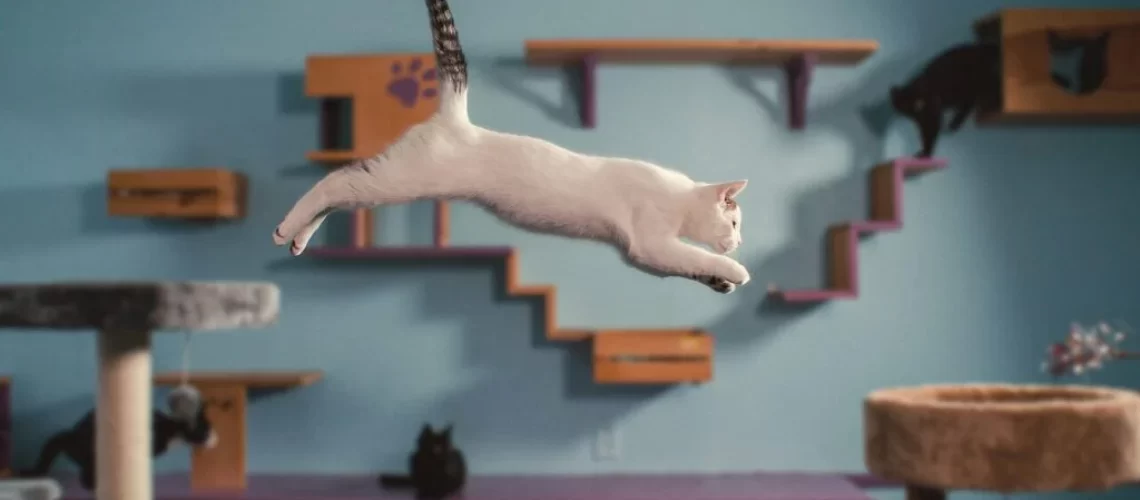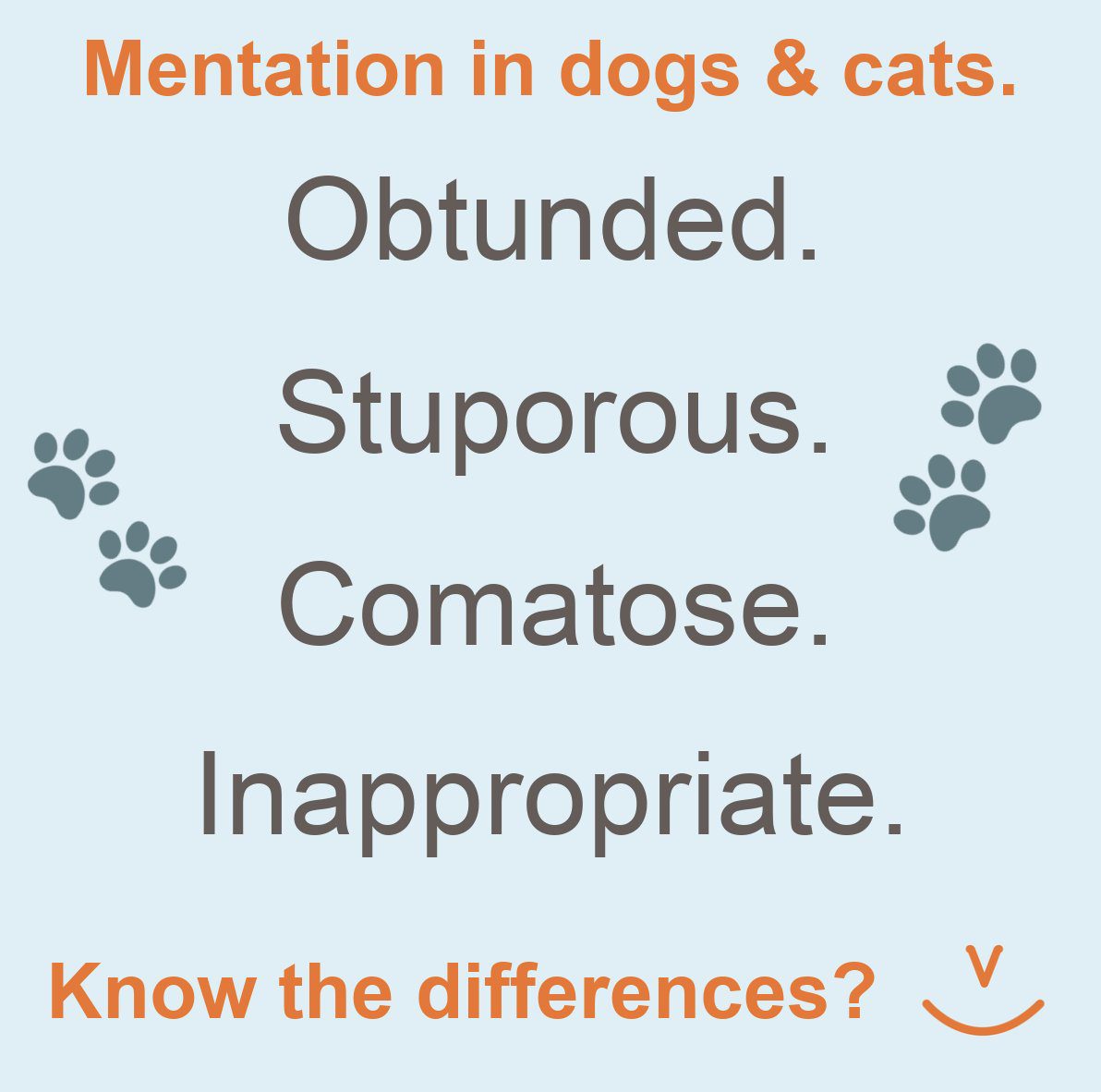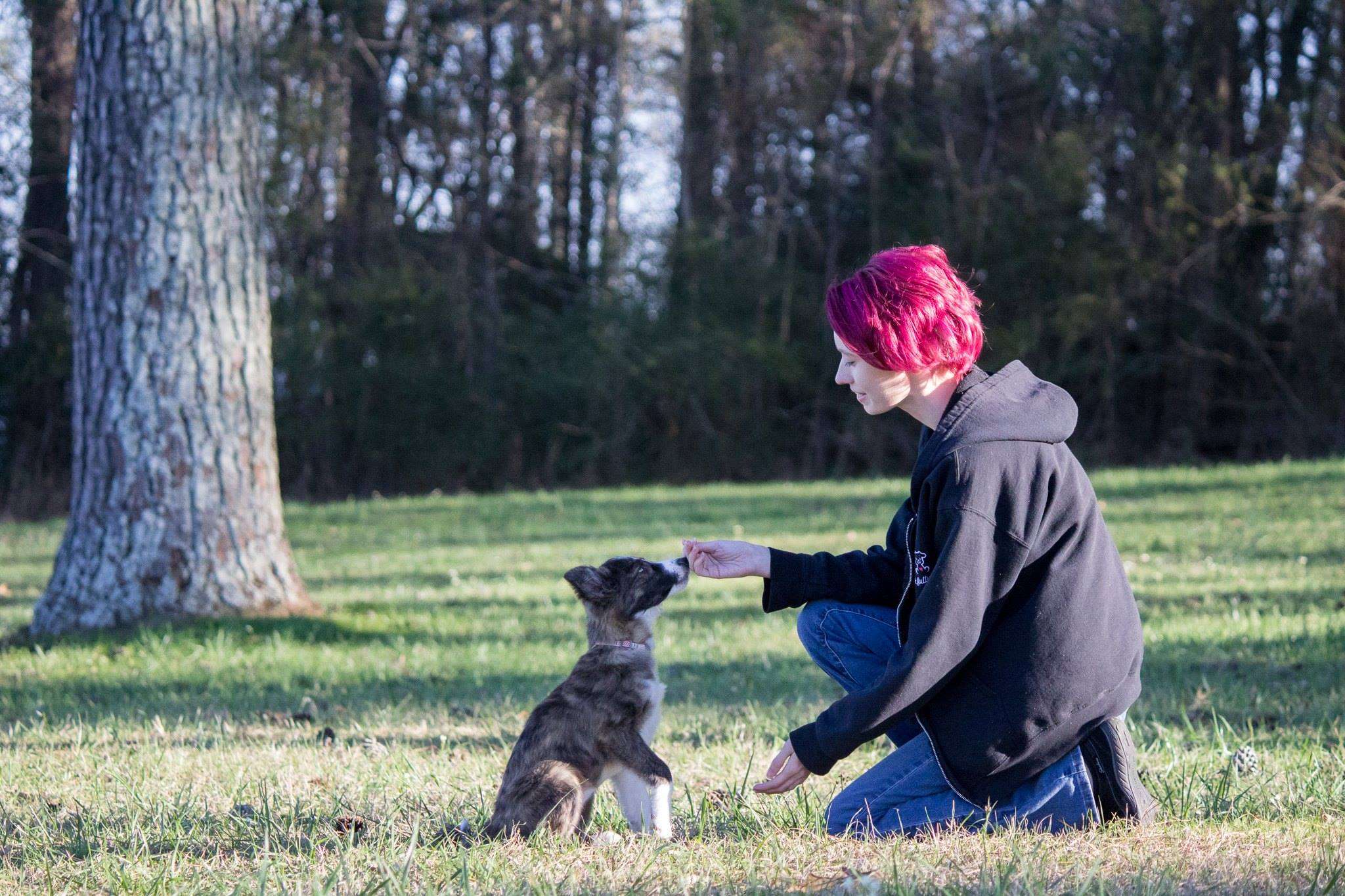Have you ever wondered what goes on inside your furry feline friend's mind? Imagine being able to understand their thoughts and unravel the mysteries of their behavior. Delving into the world of a cat's mind can bring immense value and benefits to both cat owners and cat lovers alike. Understanding their thoughts can help us build stronger bonds with our pets, enhance their well-being, and even improve our own mental health. So, let's embark on this fascinating journey together as we uncover the secrets that lie within a cat's mind. Get ready to be captivated by their inner workings, as we explore the depths of their thoughts and emotions. Join us as we reveal the hidden world of our beloved cats, one purr at a time.
Key Takeaways:
- Cats have complex thoughts and emotions that are often misunderstood by humans.
- They are highly independent creatures who value their personal space and alone time.
- Cats communicate through body language, vocalizations, and scent marking to express their needs and emotions.
- They have a strong instinctual drive for hunting and play, which can be seen in their behavior and interactions with their environment.
- Cats form strong bonds with their human companions and rely on them for love, care, and security.
Inside a Cat's Mind: Exploring Their Thoughts and Feelings
Understanding the Complexity of a Cat's Mind
Cats are fascinating creatures with intricate minds. While we can't read their thoughts directly, we can observe their behaviors to gain insight into what they might be thinking or feeling. For example, when a cat purrs while being petted, it often indicates contentment and relaxation. On the other hand, if a cat hisses or arches its back, it may be feeling threatened or defensive.
Cats have different ways of communicating compared to humans. They rely heavily on body language, vocalizations, and even facial expressions to express themselves. By paying attention to these cues, we can better understand their thoughts and emotions.
The Importance of Recognizing a Cat's Emotions
Recognizing a cat's emotions is crucial for building a strong bond with them and ensuring their well-being. Cats have feelings just like humans do, although they may not always express them in the same way. Understanding how your cat feels can help you provide the right care and create an environment where they feel safe and loved.
Some common signs of different emotions in cats include:
- A relaxed body posture and slow blinking usually indicate that your cat is content and comfortable.
- If your cat's tail is puffed up or their ears are flattened backward, it may signal fear or aggression.
- Vocalizations such as meowing or purring can also convey various emotions. A soft purr often means happiness, while a loud yowl could indicate distress or annoyance.
Understanding How Cats Express Their Emotions
The Language of Tail Movements
A cat's tail can provide valuable insights into their emotions. When a cat's tail is held upright and slightly curved, it typically means they are feeling confident and friendly. However, if their tail is tucked between their legs, it suggests fear or anxiety.
Here are a few common tail movements and what they may signify:
- A quick flicking tail usually indicates irritation or excitement.
- A slow swaying motion often means the cat is relaxed and content.
- If the tail starts twitching rapidly from side to side, it may be a sign of agitation or annoyance.
Decoding Facial Expressions
Cats have remarkably expressive faces that can reveal a range of emotions. For example, when a cat's eyes are fully dilated, it usually suggests fear or aggression. Conversely, half-closed eyes indicate relaxation and trust.
Other facial cues to look out for include:
- If a cat's ears are forward-facing, they are likely alert and interested in something.
- Ears flattened backward may indicate anger or fear.
- Bared teeth can signal aggression or defensiveness.
Can Cats Really Understand Human Emotions?
The Empathy of Cats
Cats may not understand human emotions in the same way we do, but they can pick up on our moods through subtle cues such as body language and tone of voice. They often respond to our emotions by offering comfort or seeking attention when we're sad or upset.
Cats also have a remarkable ability to sense changes in our energy levels. They may become more affectionate when we're feeling calm and relaxed or keep their distance if we're stressed or anxious. While cats may not comprehend the specific emotions we experience, they can still provide emotional support in their own unique way.
Building a Strong Bond with Your Cat
To strengthen the bond with your cat, it's important to create a positive and nurturing environment. Spend quality time together, engaging in activities that your cat enjoys. This could include playing with interactive toys or simply providing a cozy spot for them to relax.
Additionally, pay attention to your cat's body language and respond accordingly. If they seem stressed or anxious, try to identify the source of their discomfort and provide reassurance. By being attentive and responsive to your cat's needs, you can create a deep and meaningful connection based on trust and understanding.
Decoding Cat Behavior: What their Actions Reveal
Understanding Body Language
Cats communicate through their body language, and understanding what their actions reveal can help you better understand your feline friend. When a cat arches its back and raises its fur, it is usually a sign of fear or aggression. On the other hand, if a cat's tail is upright and relaxed, it indicates that they are content and comfortable. By observing their body language, you can decipher their emotions and respond accordingly.
The Power of Purring
One of the most fascinating aspects of cat behavior is purring. While we often associate purring with happiness, cats also purr when they are stressed or in pain. It is believed that purring helps cats self-soothe and heal themselves. So next time your furry companion curls up beside you and starts to purr, remember that it may not always be a sign of pure bliss but could also indicate a need for comfort.
Scratching: More than Just Destruction
Cats have an innate need to scratch, which serves multiple purposes beyond just destroying your furniture. Scratching helps cats shed the outer layer of their claws to keep them sharp and healthy. It also marks territory by leaving visual marks as well as scent from glands in their paws. Providing appropriate scratching posts can redirect this behavior while preserving your belongings.
A Cat's Favorite Spot: Where Do They Like to Relax and Think?
The Cozy Appeal of Cardboard Boxes
If you've ever wondered why your cat loves squeezing into cardboard boxes, there's a simple explanation. Cats find comfort in confined spaces as it provides them with a sense of security. Cardboard boxes offer the perfect combination of coziness and privacy, making them an irresistible spot for cats to relax and think. So don't be surprised if your cat chooses a cardboard box over an expensive cat bed!
The Allure of High Perches
Cats are natural climbers, and they love being up high to observe their surroundings. Providing your cat with vertical spaces like tall scratching posts or cat trees allows them to satisfy their instinctual need for height. Being in elevated positions also gives cats a sense of control and security, making it an ideal spot for relaxation and contemplation.
Cracking the Code: Sounds and Actions that Reveal a Cat's Thoughts
The Language of Meows
Cats have a wide range of vocalizations, but the most common one is the meow. Each meow has its own meaning, from a short greeting meow to a long demanding meow. By paying attention to the context and tone of the meow, you can decipher what your cat is trying to communicate. For example, a high-pitched meow accompanied by rubbing against your legs could mean they are hungry or seeking attention.
Tail Talk
A cat's tail can reveal a lot about their mood and intentions. If their tail is held upright with a slight curve at the top, it indicates confidence and friendliness. However, if their tail is puffed up or tucked between their legs, it suggests fear or anxiety. Understanding these subtle cues can help you gauge your cat's emotions and respond accordingly.
Bonding with Your Cat: Understanding Their Needs and Thoughts
The Importance of Playtime
Playing with your cat not only provides physical exercise but also strengthens the bond between you two. Engaging in interactive play sessions using toys like feather wands or laser pointers can mimic hunting behaviors and keep your cat mentally stimulated. It's a great way to understand their needs, build trust, and create a deeper connection with your feline companion.
The Language of Grooming
Cats groom themselves as a way to keep clean, but it also serves as a bonding activity. When cats groom each other or you, they are displaying affection and trust. Returning the favor by gently brushing your cat not only helps maintain their coat but also reinforces the bond between you two. So next time your cat licks your hand or face, know that it's their way of saying "I love you."
Respecting Personal Space
While cats enjoy companionship, they also value their personal space. It's important to respect their boundaries and allow them to come to you when they feel comfortable. Avoid forcing interactions or invading their personal space when they show signs of wanting solitude. By understanding and respecting their need for alone time, you can strengthen the trust and mutual understanding in your relationship with your cat.
In conclusion, while we may never truly know what goes on inside a cat's mind, we can observe their behaviors and interactions to gain insight into their thoughts. Cats are complex creatures with unique personalities, and by understanding them better, we can build stronger bonds with our feline friends.
What goes Inside the Mind of a Cat?
Due to their independent nature, cats value having a say in their own well-being and expect us to respect that. However, cats do not hold grudges or seek revenge for actions like being bathed with cold water or being ignored when they meow in the morning.
What does a cat think about all day?
In summary, cats do not think about their daily experiences or their emotions. However, they do remember past situations they have encountered. For instance, when a cat is relaxed, it is not focused on any specific thoughts.
Do cats have deep thoughts?
These creatures possess both short-term and long-term memory, indicating that they not only have the ability to think but also to retain information. Although this doesn't provide specific insight into their thoughts throughout the day, it does suggest that their cognitive processes and emotions are likely to be relatively intricate.
Do cats have thoughts and feelings?
Do cats have emotions? Although research indicates that cats have a diverse range of emotions, it is important to avoid attributing human emotions to them, which is known as anthropomorphism.
Are cats self aware?
Through repeated exposure, cats can eventually recognize themselves in a mirror. However, the ability for immediate self-recognition is not instinctual in cats. On the other hand, three more advanced mammal species, including bonobo chimpanzees, elephants, and dolphins, do possess this capability.
Do cats miss their owners?
Cats are highly sociable animals that desire attention. They feel your absence because you are the one who provides them with love and affection.

















